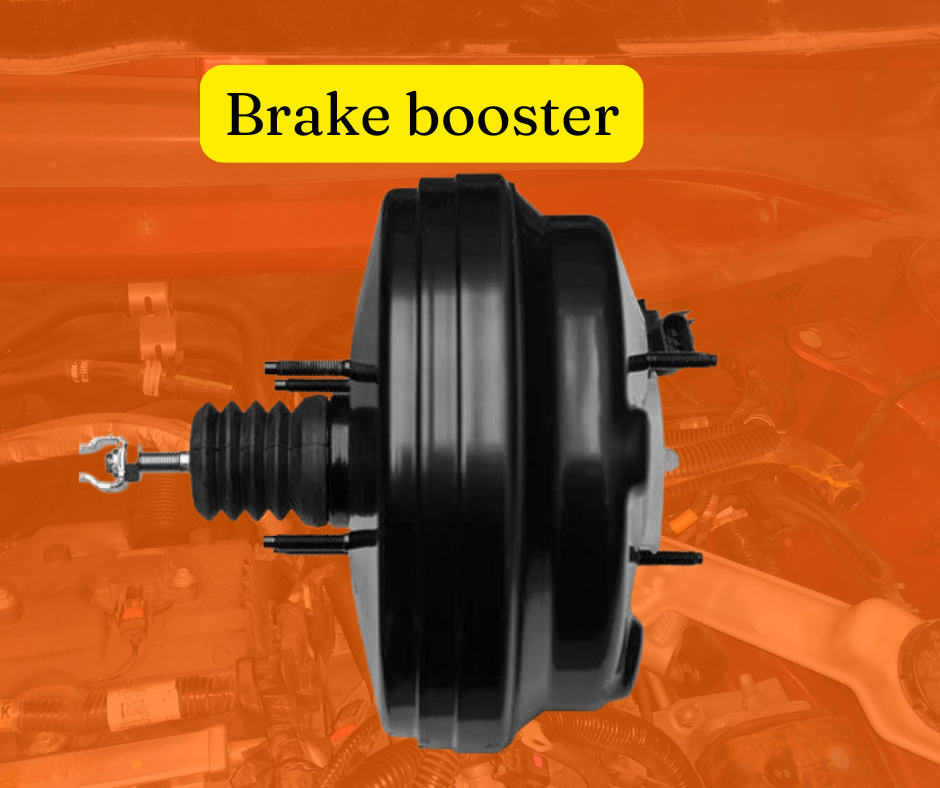Common Brake Booster Problems and How to Address Them

Explore essential insights into common brake booster issues and expert tips on how to fix them, ensuring your vehicle remains safe and responsive.
Understanding Brake Boosters and Their Role in Your Vehicle
A brake booster is a critical component in your vehicle's braking system. It amplifies the force applied to the brake pedal, making it easier to slow down or stop the vehicle efficiently. Essentially, it ensures that minimal effort is required from the driver to achieve maximum braking power.
Brake boosters come in various types, including vacuum brake boosters and hydraulic brake boosters. Each type serves the same fundamental purpose but operates using different mechanisms. Understanding the role and function of your brake booster can help you recognize when it might be experiencing issues.
Signs and Symptoms of a Failing Brake Booster
One of the most common signs of a failing brake booster is a hard brake pedal. When the brake booster is not functioning properly, you'll notice that you need to apply more force to the brake pedal to achieve the same braking effect.
Other symptoms include a brake pedal that feels spongy or goes to the floor, a hissing noise when the brakes are applied, and an increased stopping distance. If you experience any of these symptoms, it's crucial to address the issue promptly to ensure your safety on the road.
Common Causes of Brake Booster Failure
Several factors can lead to brake booster failure. One common cause is a vacuum leak, which can occur due to a damaged hose or a faulty check valve. A vacuum leak reduces the booster’s ability to amplify the braking force.
Another cause is a worn or damaged diaphragm inside the brake booster. Over time, this component can deteriorate, leading to a loss of pressure and reduced braking efficiency. Additionally, issues with the master cylinder or brake fluid can also impact the performance of the brake booster.
Step-by-Step Guide to Diagnosing Brake Booster Issues
Diagnosing brake booster issues can start with a simple visual inspection. Check for any visible damage to the vacuum hoses and ensure that all connections are secure. Listen for any unusual noises, such as hissing, which could indicate a vacuum leak.
Next, perform a brake pedal test. With the engine off, press the brake pedal several times to remove any residual vacuum. Then, start the engine and observe the brake pedal. If the pedal does not sink slightly when the engine starts, this could indicate a problem with the brake booster.
Repairing Your Brake Booster: DIY Tips and When to Call a Professional
Some brake booster issues can be addressed with basic tools and mechanical knowledge. For example, replacing a damaged vacuum hose or check valve can often be done at home. Ensure you have the correct replacement parts and follow a reliable guide.
However, more complex issues, such as a faulty diaphragm or internal damage to the brake booster, typically require professional attention. If you're not comfortable performing the repairs yourself or if the issue persists after attempting DIY fixes, it's best to consult a professional mechanic. They have the expertise and equipment necessary to ensure your brake system is functioning correctly and safely.

 Loading..
Loading..